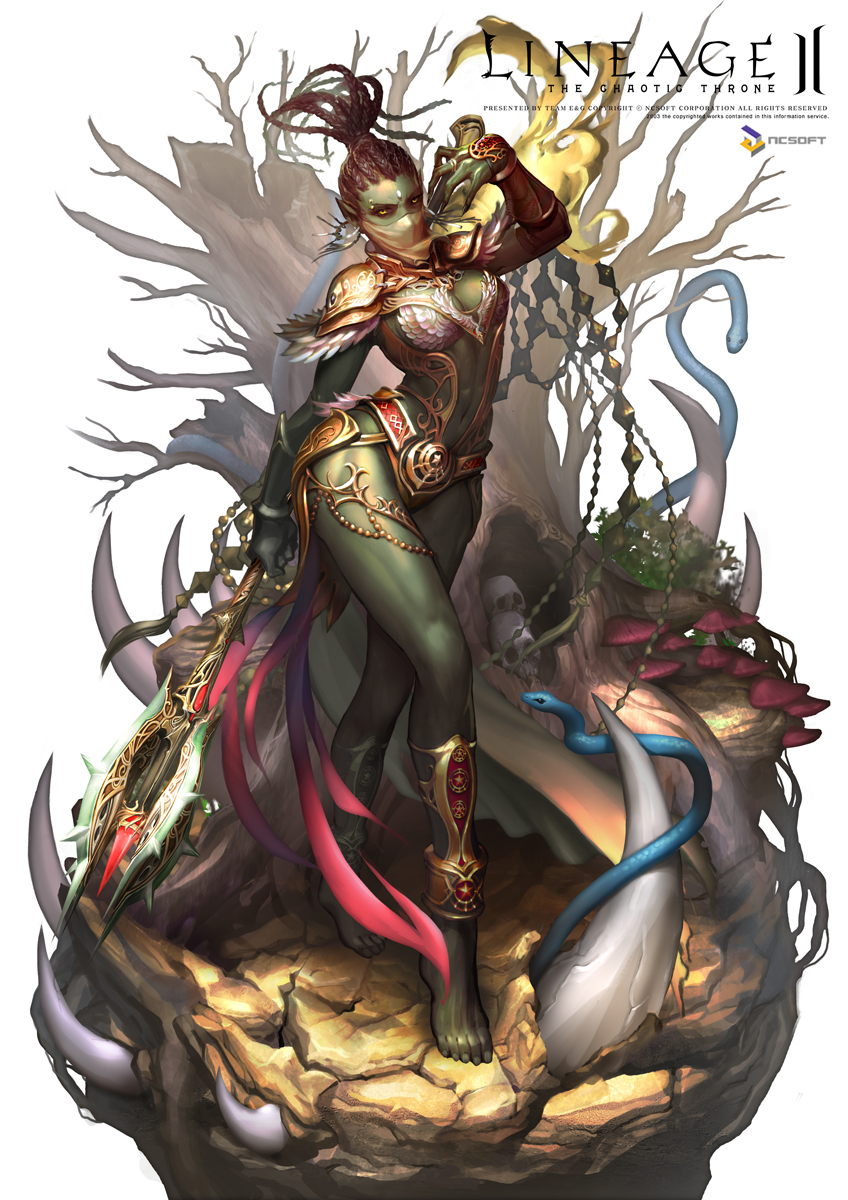

The ORX neural system plays an important role in various physiological processes, such as arousal, reward-seeking behavior, energy homeostasis, sensory modulation, stress processing, cognition, endocrine functions, and pain modulation. The orexin neuropeptides A and B (also known as hypocretin-1 and -2) are derived from the precursor peptide prepro-orexin. To explore the neural circuit mechanism of the pain and itch interaction in the upper CNS, we focused on the orexin-producing neurons in the lateral hypothalamus. Meanwhile, there are no reports so far which examine the neural mechanisms of interaction between pain and itch in the upper central nervous system (CNS). Activation of PAG glutamatergic neurons leads to enhanced itch and decreased pain behaviors, while inhibition of PAG glutamatergic neurons attenuates itch and potentiates pain. Recent studies have shown the importance of periaqueductal gray (PAG), an evolutionarily conserved structure in the midbrain, in the regulation of pain and itch sensations.

In contrast to the progress of research about the interaction between pain and itch in the spinal cord, there are few reports so far which show the possible contribution of supraspinal structures to the pain–itch interaction. In the spinal cord, two models have been presented and discussed: labeled-line theory and leaky gate model. The neural mechanisms underlying the interaction between pain and itch have been unveiled at the level of the spinal cord. In line with the idea, the inhibition of pain processing by spinal opioids can generate itch. The noxious input generated by scratching relieves the itch sensation, thus pain can suppress itch. It is well known that there are complicated interactions between pain and itch.
#FEMALE ORX SKIN#
Pain evokes a withdrawal response to avoid tissue damage, whereas itch induces scratching behavior to remove irritants from the skin surface. Both pain and itch are discomfort sensations, but trigger distinct defense responses to protect our body from external stressors.


 0 kommentar(er)
0 kommentar(er)
